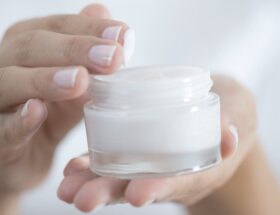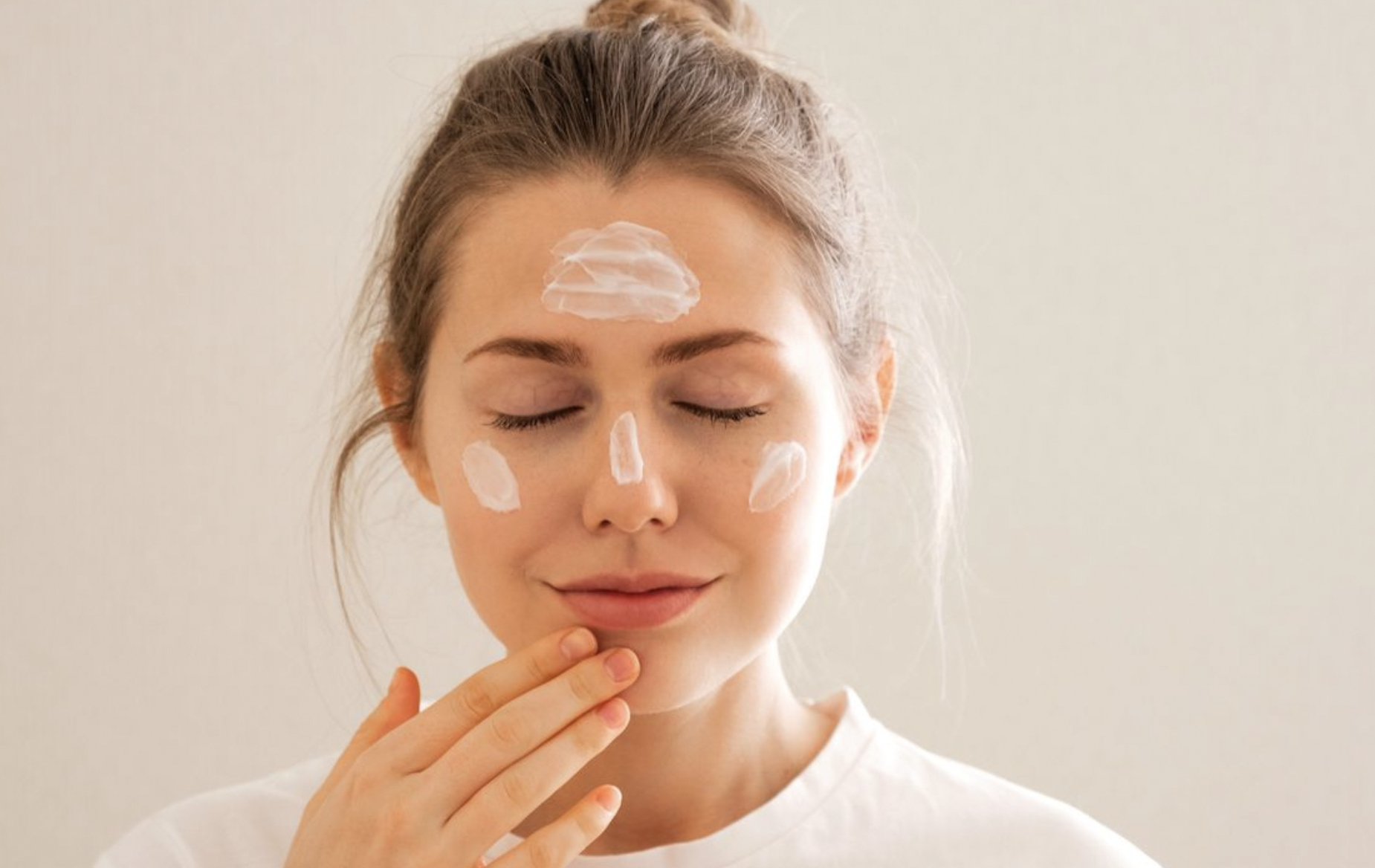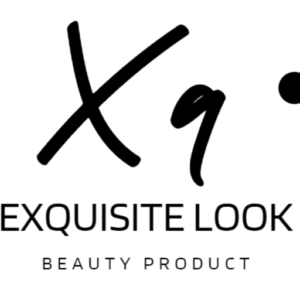As summer approaches, suncream has become an essential part of daily skincare. Proper sun protection can not only prevent sunburn but also protect the skin from long-term UV damage. This article will detail how to choose suncreams with different SPF values and the correct methods of application, helping you maintain healthy skin under the sun.
What is Suncream SPF?
SPF stands for Sun Protection Factor and indicates the level of protection a suncream offers against UVB radiation. SPF 15 suncream can block approximately 93% of UVB radiation, SPF 30 can block 97%, and SPF 50 can block about 98%. For example, SPF 50 means that this suncream can extend the time it takes for your skin to burn by 50 times. If you usually get sunburned after 10 minutes in the sun, using SPF 50 suncream theoretically allows you to stay in the sun for 500 minutes without getting burned.
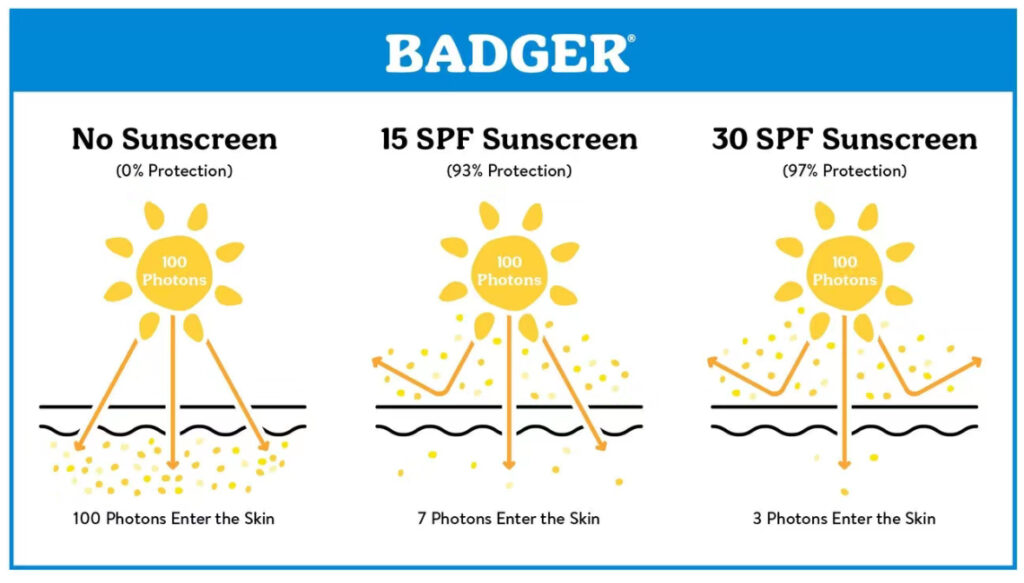
The Dangers of Sunburn
High temperatures and sun exposure can lead to UV allergy, also known as polymorphic light eruption. Prolonged exposure to intense UV radiation can cause sunburn, resulting in symptoms such as skin redness, peeling, pain, and blisters. Moreover, it can bring about long-term health issues like skin cancer, premature aging, immune system damage, and eye damage. Repeated UV exposure breaks down collagen and elastin fibers in the skin, accelerating skin aging and increasing the formation of wrinkles and dark spots. Sunburn not only makes the skin more fragile but also weakens the immune function of the skin, making it more susceptible to infections and diseases. To protect your skin, it is recommended to use appropriate suncream and other protective measures.
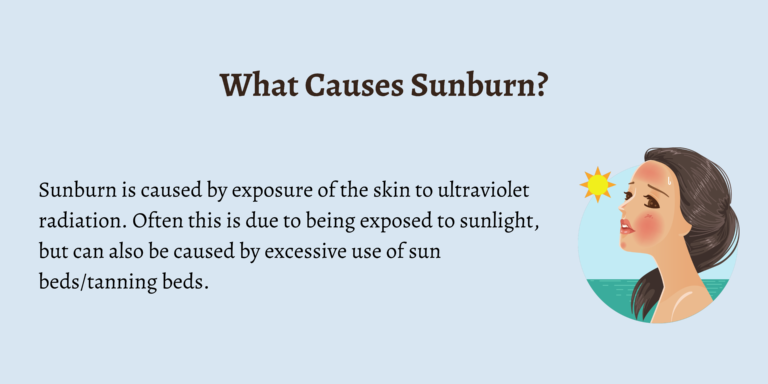
UVA and UVB
UVA and UVB represent two wavelengths of ultraviolet radiation
UVA
Long-wave ultraviolet radiation, with the strongest penetration ability, can break down internal structures like skin collagen, leading to aging (photoaging). Some UK brands, such as Boots, use a star rating system to indicate UVA protection. The star rating ranges from 1 to 5 stars, with higher ratings indicating stronger UVA protection.
UVB
Medium-wave ultraviolet radiation, which can cause sunburn and redness in a short period. SPF stands for Sun Protection Factor and indicates the level of protection a suncream provides against UVB radiation. For example, SPF 15 suncream can block approximately 93% of UVB radiation.
In the UK, the labeling of suncream primarily focuses on the following aspects:
1. SPF Value: This indicates the level of protection the suncream offers against UVB radiation, such as SPF 15, SPF 30, SPF 50, etc.
2. Broad-Spectrum Protection: This indicates that the suncream can protect against both UVA and UVB radiation. Broad-spectrum protection is a crucial indicator of whether a sun protection product can provide comprehensive protection.
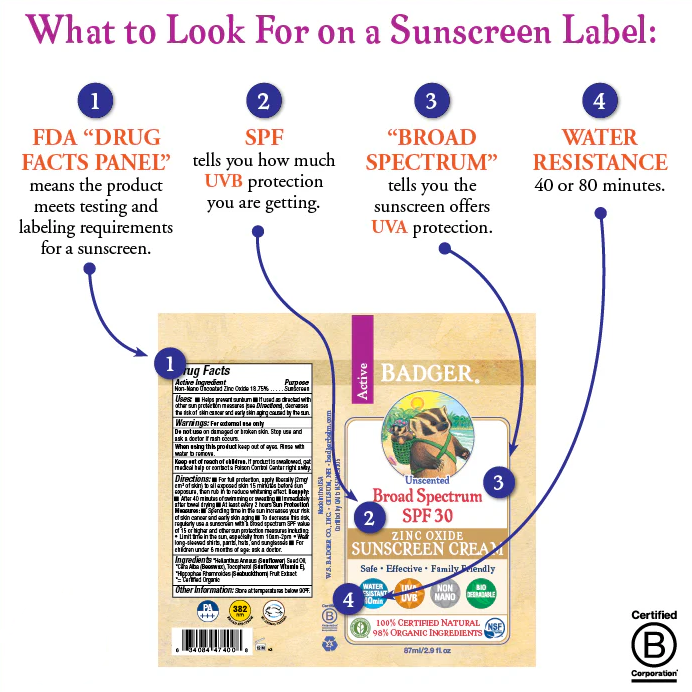
Suitable for everyday activities, short outdoor activities, and cloudy days. Ideal for daily commuting, shopping, or other activities with brief sun exposure.
Is a Higher SPF Always Better?
Not necessarily. High SPF suncreams can sometimes cause allergic reactions. To achieve a higher SPF value, the concentration and variety of sunscreen agents need to be increased, which means more chemical ingredients are included. Prolonged use of these high-SPF suncreams may lead to skin damage, causing roughness, itching, and other symptoms. Therefore, it's important to choose a suncream that suits the specific situation and your skin type.
Suitable for moderate outdoor activities, such as walking, running, and cycling. Provides higher protection and is suitable for daily outdoor activities in spring and autumn. For more information on essential skincare products for travel, click here.
Suitable for prolonged outdoor activities, such as going to the beach, hiking, swimming, and skiing. Offers long-lasting protection, making it ideal for summer or high-altitude regions.
Suitable for extreme outdoor conditions, such as high-altitude mountain expeditions and tropical region travel, ensuring maximum skin protection.
How to Choose Suncream for Different Skin Types
- Dry Skin: Opt for hydrating suncreams with moisturizing ingredients. Ensure to apply a good moisturizer before the suncream to help with subsequent makeup application.
- Oily Skin: Choose lightweight, oil-control suncreams that feel fresh and non-greasy on the skin. Avoid products containing isopropyl myristate and isopropyl palmitate, as these can contribute to excess oiliness.
- Sensitive Skin: For sensitive or acne-prone skin, select gentle, non-irritating suncreams. Avoid ingredients like isopropyl myristate, isostearyl isostearate, and stearic acid, which have a higher risk of causing breakouts.
How to Properly Use Suncream
- Apply Generously: Apply a sufficient amount of suncream evenly to all exposed skin areas 15-30 minutes before going outside. Don’t forget areas that are often overlooked, such as the ears, neck, and the back of the hands.
- Reapply Regularly: Even if using SPF 50 suncream, it is essential to reapply every two hours, especially after swimming, sweating, or wiping the skin.
- Combine with Other Sun Protection Measures: In addition to using suncream, wear hats, sunglasses, and long-sleeved clothing. Try to avoid prolonged exposure to the sun during peak hours (10 AM to 2 PM). During this time, consider engaging in indoor activities, such as using a Pull-up Bar. Click here to help you choose the right product.
- Use Specialized Suncream for Specific Areas: For the face and lips, use suncreams specially designed to avoid irritation. There are also sun protection products available for the scalp. Click here to assist you in selecting the perfect product.
Recommended Suncream Product
This suncream provides comprehensive UVA/UVB protection and prevents premature skin aging with a powerful natural antioxidant. Its lightweight, non-greasy formula offers an instant and long-lasting mattifying effect without sticky residue. Ideal for everyday use, it is ophthalmologically approved and suitable for normal and combination skin types. Environmentally friendly, it is 66% biodegradable and free of harmful UV filters. The tube and cap are made from 50% recycled plastic.
Choosing the right suncream is essential for maintaining healthy skin during the summer months. By understanding the different SPF values, recognizing the importance of broad-spectrum protection, and selecting products that suit your skin type and lifestyle, you can enjoy the sun safely and confidently. Remember to apply suncream generously, reapply regularly, and use additional sun protection measures to ensure comprehensive protection. With the right suncream, you can protect your skin from harmful UV rays and keep it looking youthful and radiant.
For more information on the best facial suncreams in the UK, click here.




